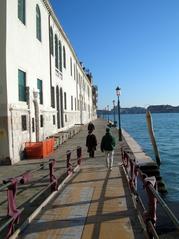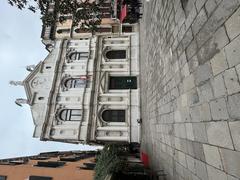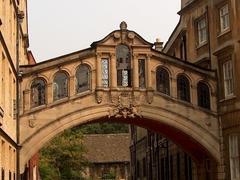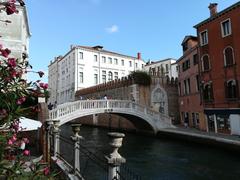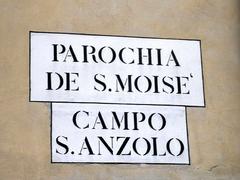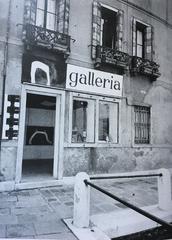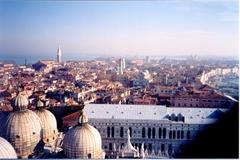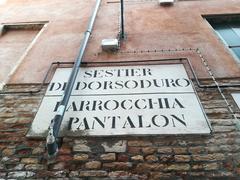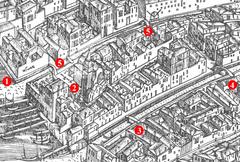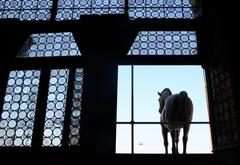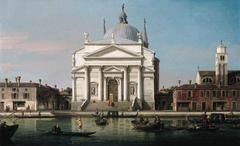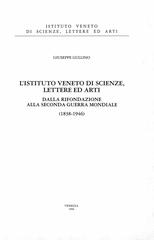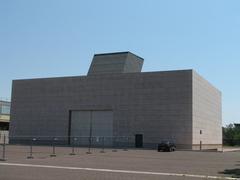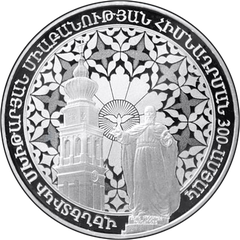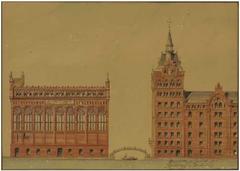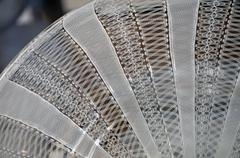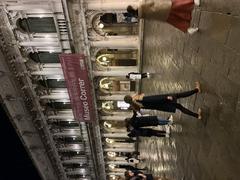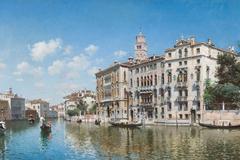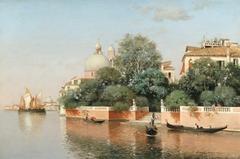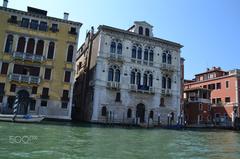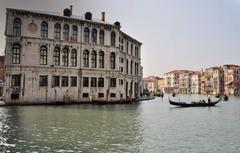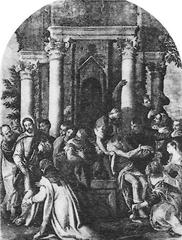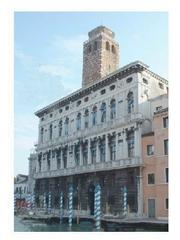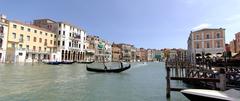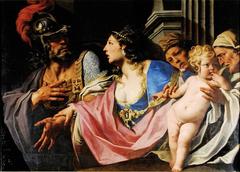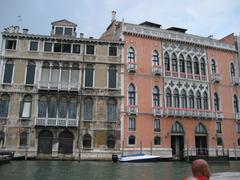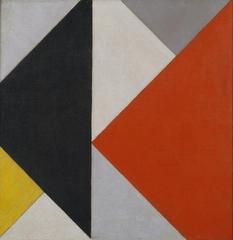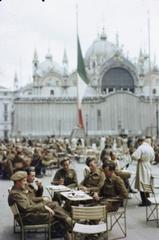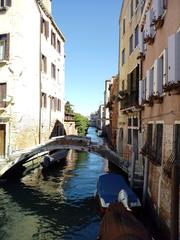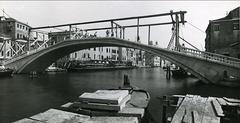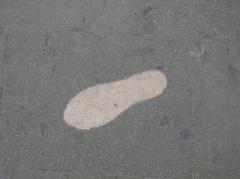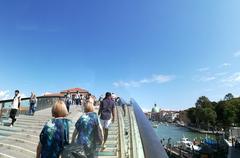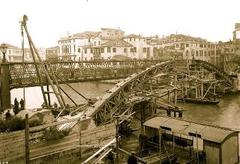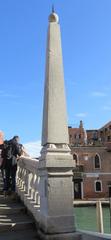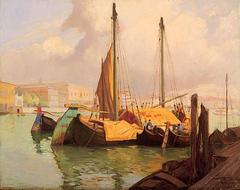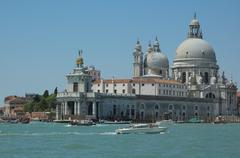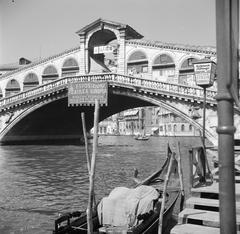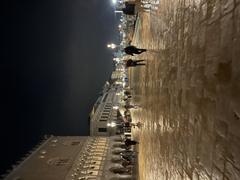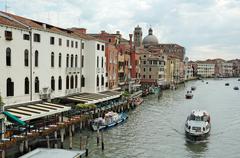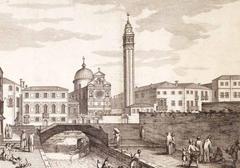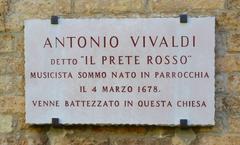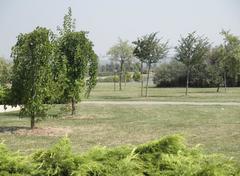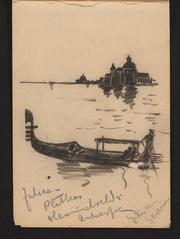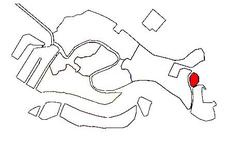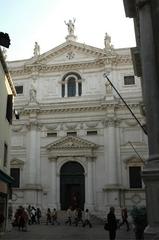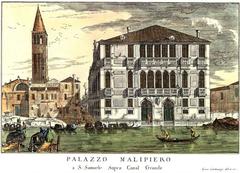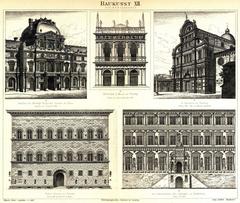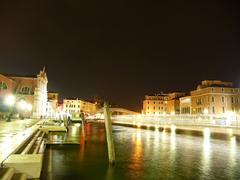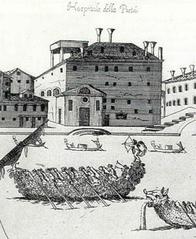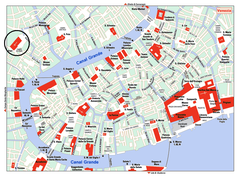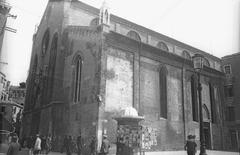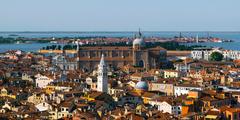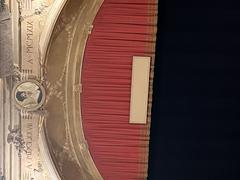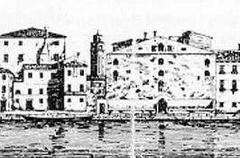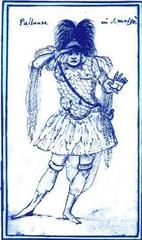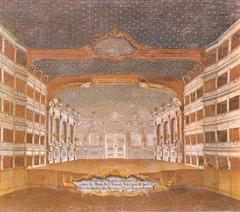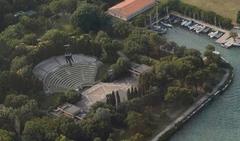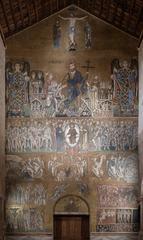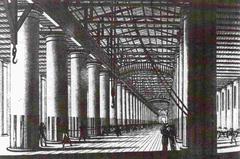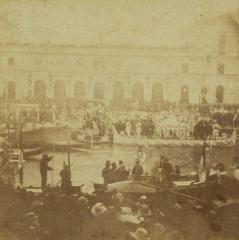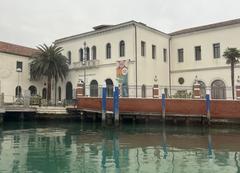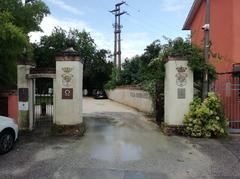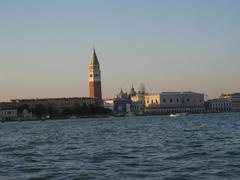Comprehensive Guide to Visiting Santa Maria della Salute, Venice, Italy
Date: 18/07/2024
Introduction
Santa Maria della Salute, often affectionately known as ‘La Salute,’ is a beacon of Venetian heritage and an architectural marvel that stands at the entrance of the Grand Canal (Venice Tourism). This Roman Catholic church and minor basilica is not only one of Venice’s most iconic landmarks but also a testament to the city’s resilience and faith. Constructed as a votive offering to the Virgin Mary following a devastating plague in 1630-1631, this Baroque masterpiece was designed by the renowned architect Baldassare Longhena and completed in 1687 (Britannica). The church’s octagonal plan, grand domes, and intricate façade make it a striking presence on the Venetian skyline, symbolizing both spiritual devotion and architectural innovation (Architectural Digest). This comprehensive guide will delve into the rich history, architectural significance, visitor information, and travel tips to enhance your visit to this remarkable site.
Table of Contents
- Introduction
- The History of Santa Maria della Salute
- Architectural Significance
- Visitor Information
- Nearby Attractions
- Special Events and Cultural Significance
- FAQ
- Conclusion
- References
The History of Santa Maria della Salute
Origins and Construction
Santa Maria della Salute was constructed in response to a devastating outbreak of the plague that struck Venice between 1630 and 1631. The Venetian Senate vowed to build a church dedicated to the Virgin Mary if the city was delivered from the plague. The promise was fulfilled when the epidemic subsided, and construction began in 1631.
The design of the church was entrusted to Baldassare Longhena, a prominent Baroque architect. Longhena’s vision was to create a structure that would stand as a testament to the city’s gratitude and resilience. The foundation stone was laid on April 1, 1631, and the church was consecrated on November 21, 1687, although construction continued for several years thereafter (Venice Tourism).
Symbol of Resilience
Santa Maria della Salute stands as a symbol of Venice’s resilience and faith. The church’s dedication to the Virgin Mary was intended to invoke her protection against the plague. The annual Festa della Salute, held on November 21, commemorates the end of the plague and remains one of Venice’s most important religious events. During this festival, thousands of Venetians cross a temporary bridge over the Grand Canal to attend mass and give thanks (Venice Events).
Architectural Significance
Baroque Masterpiece
Santa Maria della Salute is considered one of the finest examples of Baroque architecture in Venice. The church’s design is characterized by its octagonal shape, which was innovative for its time. The central dome, flanked by two smaller domes, creates a striking silhouette against the Venetian skyline. The exterior is adorned with volutes, scrolls, and statues, which are typical of the Baroque style (Architectural Digest).
Structural Innovations
Longhena’s design incorporated several structural innovations to support the massive dome. The church is built on a platform supported by over a million wooden piles driven into the soft Venetian soil. This technique, which was also used in the construction of St. Mark’s Basilica, ensures the stability of the structure. The use of Istrian stone and marmorino (a type of Venetian plaster) for the exterior cladding not only enhances the church’s aesthetic appeal but also provides durability against the harsh marine environment (Venice the Future).
Interior Design
The interior of Santa Maria della Salute is equally impressive. The central nave is dominated by the high altar, which features a statue of the Virgin Mary and Child by the Flemish sculptor Josse de Corte. The floor is paved with intricate geometric patterns of colored marble, which reflect the light streaming in from the large windows. The sacristy, with its coffered ceiling and elaborate stucco work, is a masterpiece of Baroque interior design (Italian Ways).
Visitor Information
Best Time to Visit
To make the most of your visit to Santa Maria della Salute, consider going during the shoulder seasons of spring (April to June) and fall (September to November). The weather is pleasant, and the crowds are thinner compared to the peak summer months. Early mornings and late afternoons are also ideal times to visit to avoid the busiest periods of the day.
Getting There
Santa Maria della Salute is located at the entrance of the Grand Canal, making it easily accessible. The most scenic way to reach the basilica is by taking a vaporetto (water bus). The nearest vaporetto stop is “Salute,” served by Line 1. For a more private experience, water taxis are available but can be more expensive. Walking is also an option, especially if you are staying in the Dorsoduro district or nearby areas (Venice Tourism).
Entry and Admission
The basilica is open to the public daily, with varying hours depending on the season. Generally, it is open from 9:00 AM to 12:00 PM and from 3:00 PM to 5:30 PM. Admission to the main church is free, but there is a small fee to access the sacristy, which houses important artworks, including pieces by Titian and Tintoretto. It is advisable to check the official website or local tourist information for the most up-to-date hours and fees (Venice Tourism).
Dress Code and Etiquette
As Santa Maria della Salute is an active place of worship, visitors are expected to dress modestly. Shoulders and knees should be covered, and hats should be removed upon entering the church. Photography is generally allowed, but it is respectful to avoid using flash and to be mindful of ongoing services or private prayers. Silence is appreciated to maintain the sanctity of the space (Churches of Venice).
Guided Tours and Audio Guides
For a more in-depth understanding of the basilica’s history and art, consider joining a guided tour or renting an audio guide. Several tour operators offer guided tours that include Santa Maria della Salute as part of a larger itinerary of Venice’s religious and historical sites. Audio guides are available for rent at the entrance and provide detailed information about the church’s architecture, artworks, and historical significance (Get Your Guide).
Photography Tips
For photography enthusiasts, Santa Maria della Salute offers numerous opportunities to capture stunning images. The exterior of the basilica, with its grand dome and intricate details, is best photographed from across the Grand Canal, particularly from the area around St. Mark’s Square. Inside, the natural light filtering through the windows creates beautiful effects on the marble floors and altars. Early morning or late afternoon light provides the best conditions for photography.
Accessibility
The basilica is accessible to visitors with mobility issues, although some areas may present challenges due to the historic nature of the building. There are ramps available for wheelchair users, but it is advisable to check in advance for specific accessibility options. The vaporetto stop “Salute” is also equipped with facilities for disabled passengers (Venice Tourism).
Nearby Attractions
Santa Maria della Salute is situated in a culturally rich area of Venice, making it convenient to explore nearby attractions. The Peggy Guggenheim Collection, one of the most important museums of European and American modern art, is just a short walk away. The Gallerie dell’Accademia, which houses pre-19th-century Venetian art, is also nearby. Additionally, the Punta della Dogana, a contemporary art museum, offers stunning views of the Grand Canal and the Venetian Lagoon.
Special Events and Cultural Significance
Santa Maria della Salute is the focal point of the Festa della Salute, held annually on November 21st. This festival commemorates the end of the plague in 1630 and involves a pilgrimage across a temporary bridge from St. Mark’s to the basilica. Participating in this event offers a unique cultural experience and a deeper connection to the local traditions and history (Venice Events).
The church is also home to several important works of art, including paintings by Titian and Tintoretto. These artworks, which depict scenes from the life of the Virgin Mary, add to the church’s cultural and artistic significance. The sacristy, in particular, houses a collection of important paintings, including Titian’s “Descent of the Holy Ghost” and Tintoretto’s “Marriage at Cana” (Art in Venice).
FAQ
Q: What are the visiting hours for Santa Maria della Salute? A: The basilica is generally open from 9:00 AM to 12:00 PM and from 3:00 PM to 5:30 PM, but it is advisable to check the official website for the most up-to-date hours.
Q: Is there an admission fee for Santa Maria della Salute? A: Admission to the main church is free, but there is a small fee to access the sacristy.
Q: How can I get to Santa Maria della Salute? A: The most scenic way is by taking a vaporetto (water bus) to the “Salute” stop on Line 1. Water taxis and walking are also viable options.
Q: Are guided tours available? A: Yes, several tour operators offer guided tours, and audio guides are available for rent at the entrance.
Q: What should I wear when visiting? A: Dress modestly with shoulders and knees covered. Hats should be removed upon entering the church.
Conclusion
Santa Maria della Salute is a site of immense historical, cultural, and architectural significance. Its origins as a votive offering, its stunning Baroque design, and its role in Venetian society make it a must-visit destination for anyone interested in the rich history and heritage of Venice. Plan your visit to include exploring its unique architecture, admiring its artistic treasures, and participating in its religious traditions. For more detailed information, visitors can explore the church’s official website or consult local guides and historical texts.
References
- Venice Tourism. (n.d.). Santa Maria della Salute. Retrieved from https://www.veneziaunica.it/en/content/santa-maria-della-salute
- Architectural Digest. (n.d.). Santa Maria della Salute, Venice. Retrieved from https://www.architecturaldigest.com/story/santa-maria-della-salute-venice
- Britannica. (n.d.). Santa Maria della Salute. Retrieved from https://www.britannica.com/topic/Santa-Maria-della-Salute
- Venice Events. (n.d.). Festa della Salute. Retrieved from https://www.veniceevents.com/festa-della-salute
- Art in Venice. (n.d.). Santa Maria della Salute. Retrieved from https://www.artinvenice.com/santa-maria-della-salute
- Venice the Future. (n.d.). Santa Maria della Salute. Retrieved from https://www.venicethefuture.com/schede/uk/166?aliusid=166
- Italian Ways. (n.d.). Santa Maria della Salute: A Masterpiece of Venetian Baroque. Retrieved from https://www.italianways.com/santa-maria-della-salute-a-masterpiece-of-venetian-baroque/
- Get Your Guide. (n.d.). Santa Maria della Salute Guided Tour Tickets. Retrieved from https://www.getyourguide.com/venice-l35/santa-maria-della-salute-guided-tour-tickets-t123456/
- Churches of Venice. (n.d.). Santa Maria della Salute. Retrieved from https://www.churchesofvenice.co.uk/dorsoduro.htm#salute
